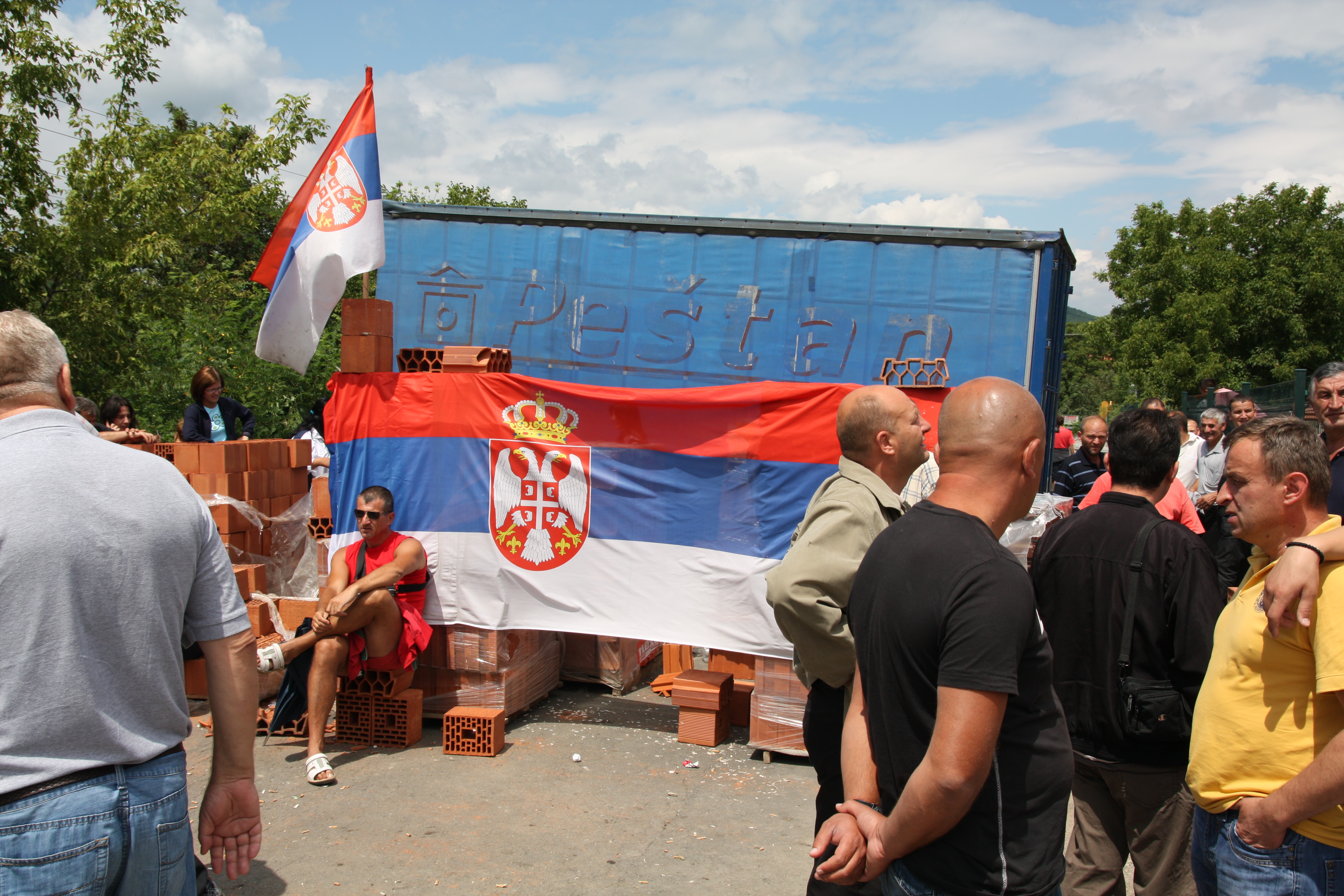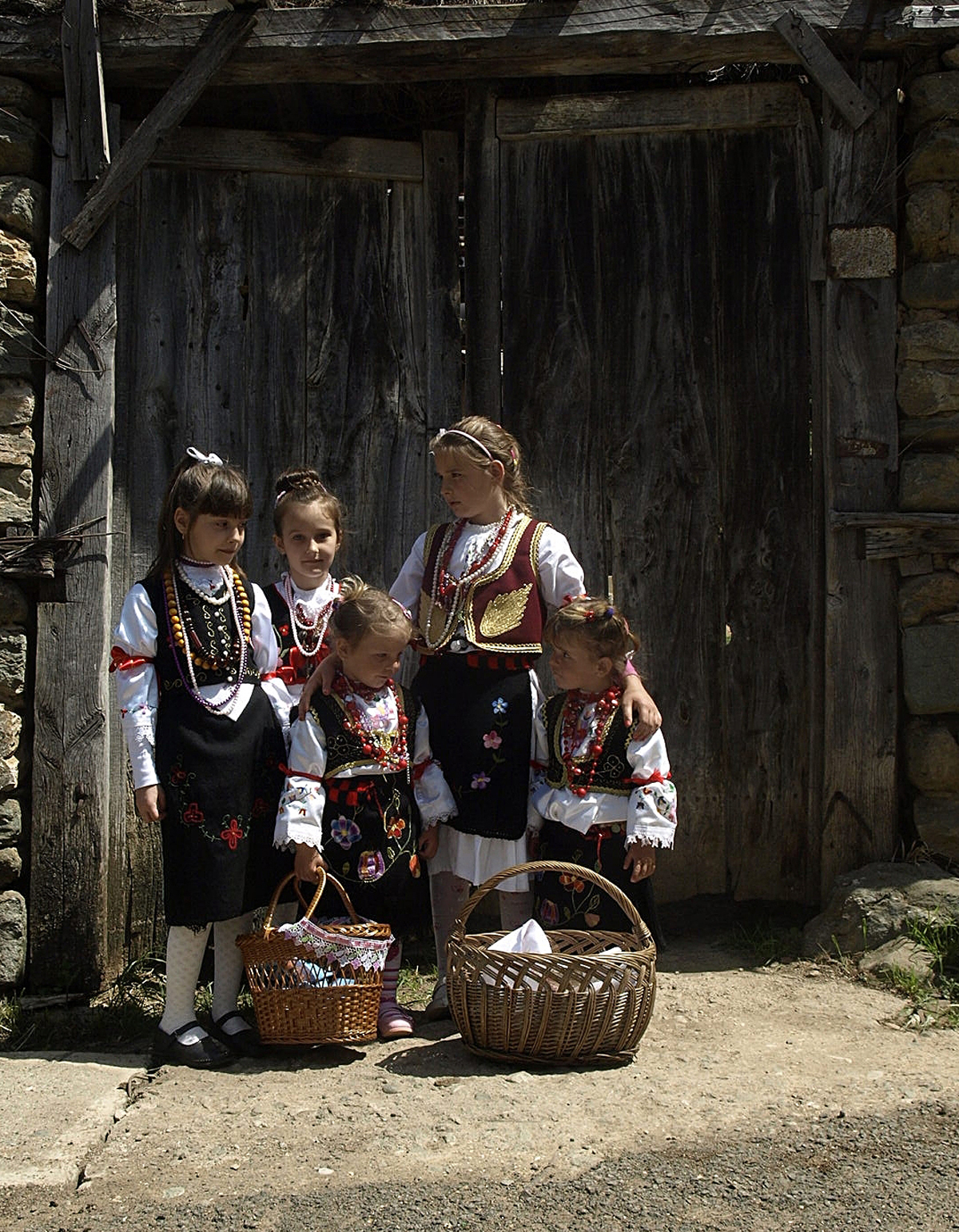|
Serbian Orthodox Church In Kosovo
The Serbian Orthodox Church in Kosovo is the second largest religious denomination after Islam. It has 100,000-120,000 followers in Kosovo, predominantly made up of the Kosovo Serbs, who mostly live in the North Kosovo region and in some enclaves in the south (such as Štrpce). During 1999–2004, 140 Serbian Orthodox churches were destroyed. 30 of those were destroyed in the 2004 unrest in Kosovo, and many were destroyed in the 2008 unrest in Kosovo. See also *Destruction of Serbian heritage in Kosovo Serbian cultural and religious sites in Kosovo were systematically vandalized and destroyed over several historical periods, during the Ottoman rule, World War I, World War II, Yugoslav communist rule, Kosovo War and 2004 unrest. According to t ... Annotations References Kosovo Serbs {{Orthodoxy-stub ... [...More Info...] [...Related Items...] OR: [Wikipedia] [Google] [Baidu] |
Serbian Orthodox Church
The Serbian Orthodox Church ( sr-Cyrl, Српска православна црква, Srpska pravoslavna crkva) is one of the autocephalous (ecclesiastically independent) Eastern Orthodox Christian denomination, Christian churches. The majority of the population in Serbia, Montenegro and the Republika Srpska entity of Bosnia and Herzegovina are members of the Serbian Orthodox Church. It is organized into metropolis (religious jurisdiction), metropolitanates and eparchies, located primarily in Serbia, Bosnia and Herzegovina, Montenegro, and Croatia. Other congregations are located in the Serb diaspora. The Serbian Patriarch serves as first among equals in his church. The current patriarch is Porfirije, Serbian Patriarch, Porfirije, enthroned on 19 February 2021. The Church achieved Autocephaly, autocephalous status in 1219, under the leadership of Saint Sava, becoming the independent Archbishopric of Žiča. Its status was elevated to that of a patriarchate in 1346, and was kn ... [...More Info...] [...Related Items...] OR: [Wikipedia] [Google] [Baidu] |
Republic Of Kosovo
Kosovo ( sq, Kosova or ; sr-Cyrl, Косово ), officially the Republic of Kosovo ( sq, Republika e Kosovës, links=no; sr, Република Косово, Republika Kosovo, links=no), is a international recognition of Kosovo, partially recognised state in Southeast Europe. It lies at the centre of the Balkans. Kosovo unilateral declaration of independence, unilaterally 2008 Kosovo declaration of independence, declared its independence from Serbia on 17 February 2008, and has since gained diplomatic recognition as a sovereign state by International recognition of Kosovo, 101 member states of the United Nations. It is bordered by Serbia to the north and east, North Macedonia to the southeast, Albania to the southwest, and Montenegro to the west. Most of central Kosovo is dominated by the vast plains and fields of Metohija, Dukagjini and Kosovo field. The Accursed Mountains and Šar Mountains rise in the southwest and southeast, respectively. Its capital and largest city i ... [...More Info...] [...Related Items...] OR: [Wikipedia] [Google] [Baidu] |
Islam
Islam (; ar, ۘالِإسلَام, , ) is an Abrahamic religions, Abrahamic Monotheism#Islam, monotheistic religion centred primarily around the Quran, a religious text considered by Muslims to be the direct word of God in Islam, God (or ''Allah'') as it was revealed to Muhammad, the Muhammad in Islam, main and final Islamic prophet.Peters, F. E. 2009. "Allāh." In , edited by J. L. Esposito. Oxford: Oxford University Press. . (See alsoquick reference) "[T]he Muslims' understanding of Allāh is based...on the Qurʿān's public witness. Allāh is Unique, the Creator, Sovereign, and Judge of mankind. It is Allāh who directs the universe through his direct action on nature and who has guided human history through his prophets, Abraham, with whom he made his covenant, Moses/Moosa, Jesus/Eesa, and Muḥammad, through all of whom he founded his chosen communities, the 'Peoples of the Book.'" It is the Major religious groups, world's second-largest religion behind Christianity, w ... [...More Info...] [...Related Items...] OR: [Wikipedia] [Google] [Baidu] |
Kosovo Serbs
Kosovo Serbs are one of the ethnic groups of Kosovo. There are around 100,000 Kosovo Serbs as of 2014 and about half of them live in North Kosovo. Other Serb communities live in southern Kosovo. After Albanians, they form the largest ethnic community in Kosovo (4-7%). The medieval Kingdom of Serbia (1217–1346) and the Serbian Empire (1346–1371) included parts of the territory of Kosovo until its annexation by the Ottomans following the Battle of Kosovo (1389), considered one of the most notable events of Serbian history. Afterwards, it was a part of the Serbian Despotate. Modern Serbian historiography considers Kosovo in this period to be the political, religious and cultural core of the medieval Serbian state. In the Ottoman period (1455-1913), the situation of the Serbian population in Kosovo went through different phases. In the 16th century, the Serbian Patriarchate of Peć was re-established and its status strengthened. At the end of 18th century, the support of the P ... [...More Info...] [...Related Items...] OR: [Wikipedia] [Google] [Baidu] |
North Kosovo
North Kosovo ( sr, Северно Косово, Severno Kosovo; sq, Kosova Veriore), also known as the Ibar Kolašin ( sr, Ибарски Колашин, Ibarski Kolašin; sq, Koloshini i Ibrit or ''Kollashini i Ibrit''; earlier ''Old Kolašin'', sr, Стари Колашин, Stari Kolašin; sq, Koloshini i Vjetër or ''Kollashini i Vjetër''), is a region in the northern part of Kosovo, generally understood as a group of four municipalities with ethnic Kosovo Serbs majority: North Mitrovica, Leposavić, Zvečan and Zubin Potok. Prior to the 2013 Brussels Agreement, the region functioned independently from the institutions in Kosovo, as they refused to acknowledge and recognize the independence of Kosovo, declared in 2008. The Government of Kosovo opposed any kind of parallel government for Serbs in this region. However, the parallel structures were all abolished by the Brussels Agreement, signed between the governments of Kosovo and Serbia. Both governments agreed upon ... [...More Info...] [...Related Items...] OR: [Wikipedia] [Google] [Baidu] |
Štrpce
Štrpce (Serbian Cyrillic: Штрпце) or Shtërpca ( sq-definite, Shtërpcë), is a town and municipality located in the Ferizaj District in Kosovo. As of 2015, it has an estimated population of 13,630 inhabitants. After the 2013 Brussels Agreement, the municipality has been included to be part of a yet to be formed Community of Serb Municipalities. History Middle Ages In Medieval Serbia, the ''župa'' (county, district) of Sirinić (Sirinićka župa), first mentioned in a 13th-century charter, covered the whole of modern Štrpce municipality, having the towns of Gradište (site in Brezovica) and Zidinac (site in Gotovuša). Several remains of Byzantine forts exist in the region. At the top of the Čajlije hill, above the mouth of the Piljevac creek of the Lepenac river, there exists the remains of the Gradište fort, which has two layers, the first from the 6th century, and the second from the 13th century. The fort is in ruins, of which a donjon tower, and outlines of oth ... [...More Info...] [...Related Items...] OR: [Wikipedia] [Google] [Baidu] |
2004 Unrest In Kosovo
The 2004 unrest in Kosovo is the worst ethnic violence case in Kosovo since the end of the Kosovo War, 1998–99 conflict. The violence erupted in the partitioned town of Mitrovica, Kosovo, Kosovo Mitrovica, leaving hundreds wounded and at least 14 people dead. The unrest was precipitated by misleading reports in the Kosovo Albanians, Kosovo Albanian media which falsely claimed that three Kosovo Albanian boys had drowned after being chased into the Ibar (river), Ibar River by a group of Kosovo Serbs. UN peacekeepers and NATO troops scrambled to contain a raging gun battle between Serbs and Albanians. Serbs call the event the March Pogrom ( sr, Мартовски погром, translit=Martovski pogrom), while the Albanians call it the March Unrest ( sq, Trazirat e marsit). International courts in Pristina have prosecuted several people who attacked several Serbian Orthodox Church in Kosovo, Serbian Orthodox churches, handing down jail sentences ranging from 21 months to 16 years. ... [...More Info...] [...Related Items...] OR: [Wikipedia] [Google] [Baidu] |
2008 Unrest In Kosovo
The 2008 unrest in Kosovo followed Kosovo's declaration of independence on February 17, 2008. Some Kosovo Serbs opposed to secession boycotted the move by refusing to follow orders from the central government in Pristina and attempted to seize infrastructure and border posts in Serb-populated regions. There were also sporadic instances of violence against international institutions and governmental institutions, predominantly in North Kosovo. Tensions in the North intensified when Serbs in Kosovska Mitrovica seized a UN courthouse on March 14, 2008. UN police and NATO forces responded on March 17, and attacks by Serb protesters left one UN police officer dead and as many as 150 people wounded. On June 28 2008, Kosovo Serbs formed the Community Assembly of Kosovo and Metohija to coordinate resistance to the Kosovar Government. Boycott of Kosovo government Kosovo Serbs said they intended to form parallel institutions and assert control over infrastructure and institutions in th ... [...More Info...] [...Related Items...] OR: [Wikipedia] [Google] [Baidu] |
Destruction Of Serbian Heritage In Kosovo
Serbian cultural and religious sites in Kosovo were systematically vandalized and destroyed over several historical periods, during the Ottoman rule, World War I, World War II, Yugoslav communist rule, Kosovo War and 2004 unrest. According to the International Center for Transitional Justice, 155 Serbian Orthodox churches and monasteries were destroyed by Kosovo Albanians between June 1999 and March 2004. The Medieval Monuments in Kosovo, founded by the Nemanjić dynasty, is a combined World Heritage Site consisting of four Serbian Orthodox Christian churches and monasteries. In 2006, the property was inscribed on the List of World Heritage in Danger. Ottoman Empire The Banjska Monastery founded by Serbian King Stefan Milutin was burnt down following the Ottoman invasion and the monastery was looted during the Ottoman occupation of Medieval Serbia. It was damaged again during the 16th century, after which it was abandoned until a mosque was built on the ruins in the 17th cen ... [...More Info...] [...Related Items...] OR: [Wikipedia] [Google] [Baidu] |
Serbian Orthodox Church In Kosovo
The Serbian Orthodox Church in Kosovo is the second largest religious denomination after Islam. It has 100,000-120,000 followers in Kosovo, predominantly made up of the Kosovo Serbs, who mostly live in the North Kosovo region and in some enclaves in the south (such as Štrpce). During 1999–2004, 140 Serbian Orthodox churches were destroyed. 30 of those were destroyed in the 2004 unrest in Kosovo, and many were destroyed in the 2008 unrest in Kosovo. See also *Destruction of Serbian heritage in Kosovo Serbian cultural and religious sites in Kosovo were systematically vandalized and destroyed over several historical periods, during the Ottoman rule, World War I, World War II, Yugoslav communist rule, Kosovo War and 2004 unrest. According to t ... Annotations References Kosovo Serbs {{Orthodoxy-stub ... [...More Info...] [...Related Items...] OR: [Wikipedia] [Google] [Baidu] |


.jpg)




